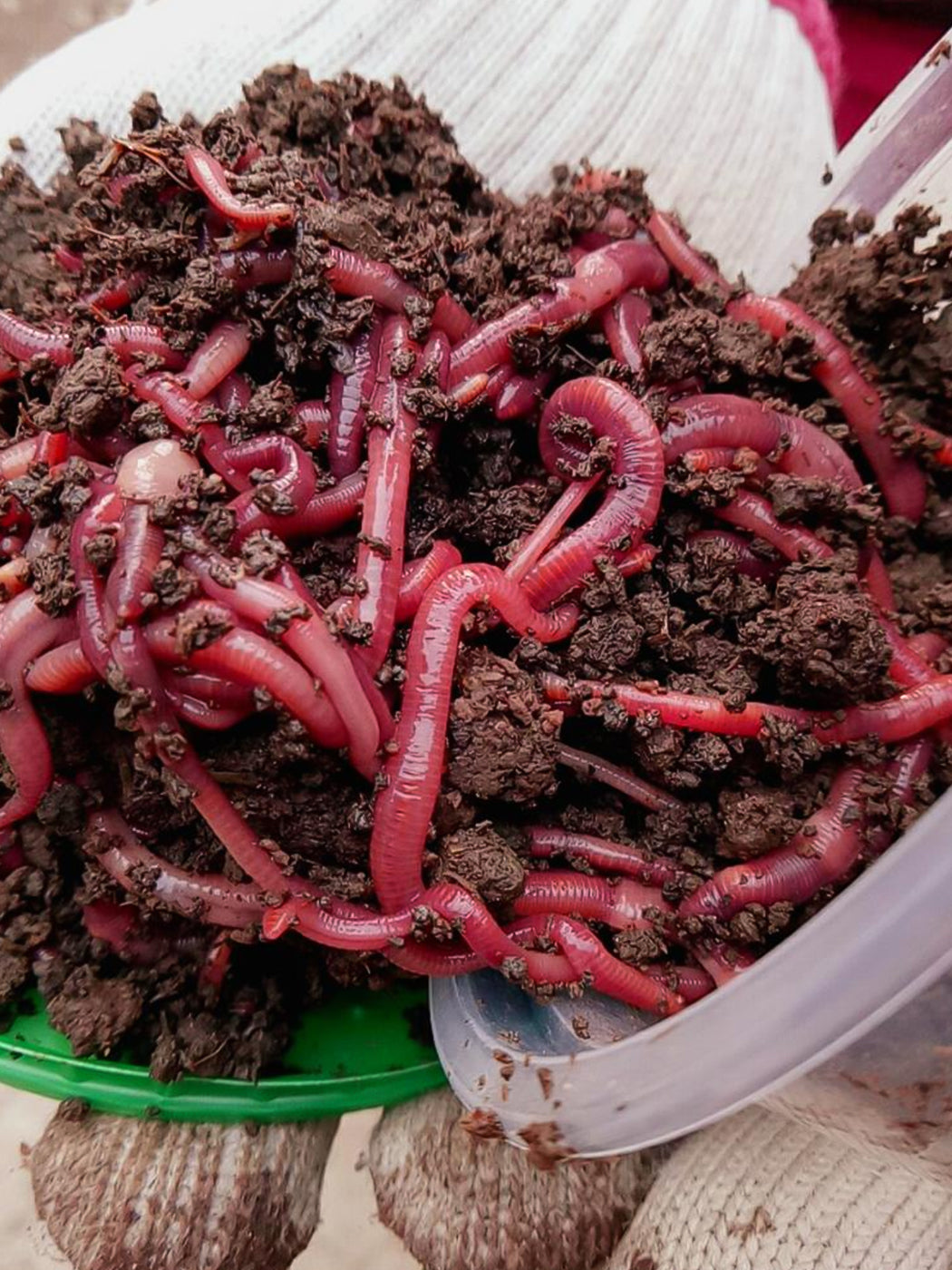The Amazing Globe of Red Wigglers: Increase Your Dirt Fertility Today
The duty of red wigglers, or Eisenia fetida, in improving soil fertility is a subject of expanding interest amongst garden enthusiasts and farming professionals. These tiny yet effective organisms transform organic waste right into important worm spreadings, substantially enhancing soil health and advertising sustainable techniques. As we explore the advantages of vermicomposting and the sensible actions to create a reliable worm bin, the possible effect of these worms on your horticulture success becomes progressively noticeable. Comprehending the subtleties of their treatment and application might just transform the method you come close to dirt administration. What understandings can be acquired from incorporating these amazing animals into your horticulture regimen?
Understanding Red Wigglers
Red wigglers, clinically called Eisenia fetida, are a species of earthworm that play a crucial duty in enhancing dirt fertility. These worms thrive in organic-rich environments, such as garden compost heaps and decomposing plant material, where they consume organic waste and excrete nutrient-dense castings. Their special makeup, including a fractional body and a clitellum, permits them to recreate quickly and successfully procedure huge quantities of natural matter.

The ecological significance of red wigglers prolongs past mere waste processing; they add to the soil food internet, promoting a diverse neighborhood of microorganisms that additionally improve soil wellness. Comprehending the biology and behavior of red wigglers is crucial for using their complete capacity in lasting agriculture and horticulture practices.
Advantages of Vermicomposting
In addition, vermicomposting improves soil framework and oygenation. The visibility of worm castings enhances soil structure, permitting much better water retention and drainage. This well balanced wetness level is critical for root advancement and the overall wellness of plants. Moreover, red wigglers help break down natural matter, increasing decomposition and recycling nutrients back right into the dirt.
Vermicomposting additionally promotes microbial activity, which is vital for a healthy and balanced dirt ecosystem. Beneficial microorganisms thrive in the presence of worm spreadings, assisting in the failure of organic materials and boosting vitamins and mineral schedule to plants.
Last but not least, vermicomposting acts as an efficient waste monitoring remedy, lowering land fill waste by reusing kitchen area scraps and other organic materials. This not just adds to ecological sustainability however also advertises a circular economic situation within horticulture and agriculture.
Just How to Establish a Worm Bin
Setting up a worm bin is an uncomplicated process that can substantially enhance your composting initiatives. Begin by read what he said choosing a suitable container, which can vary from a commercially available worm container to a basic plastic or wooden box (Red Wiggler Express). Make certain the container has appropriate ventilation; small openings in the lid and sides will certainly help with air circulation
Following, create a bed linens layer to give a comfortable environment for the red wigglers. This can be made from shredded paper, cardboard, or coconut coir, moistened to a moist, sponge-like consistency. Fill up the bin to around one-third full with this bed linens material.
As soon as the bedding is prepared, it's time to present the worms. Red wigglers flourish in natural waste, so location them gently onto the bed linen. Cover the worms with a light layer of added bed linen to help them accommodate.
Feeding Your Red Wigglers
Giving the best food for your red wigglers is crucial for their health and the performance of your composting system. Red wigglers flourish on a varied diet regimen, mainly including organic materials such as fruit and veggie scraps, coffee premises, and shredded paper. These materials not just give vital nutrients yet also add to the microbial task in the worm bin, which is vital for the worms' food digestion.
It is necessary to prevent particular foods, such as dairy products, oils, and meats, as these can bring in parasites and create unpleasant smells. In addition, citrus peels and overly hot foods ought to be limited due to their possible to harm the worms. A well balanced method to feeding entails keeping an eye on the quantity of food presented to the container, making sure that it is eaten within an affordable period to prevent excess waste buildup.
To promote ideal food digestion, it is advantageous to slice or shred larger food products before adding them to the bin. This practice boosts the surface for microbial activity, assisting in quicker disintegration and boosting the total performance of your composting system. Frequently observing the worms' feeding routines will assist you adjust their diet as necessary.
Utilizing Worm Spreadings in Your Garden

To take full advantage of the benefits, aim to use approximately one component worm spreadings to three components soil in your planting beds. Routine applications can cause boosted crop returns and healthier plants, making worm castings an indispensable resource for both novice and seasoned gardeners alike. By using this all-natural change, you can grow a successful garden while adding to lasting gardening practices.
Final Thought
Finally, red wigglers exhibit the vital role of vermicomposting in improving soil fertility. Their capability to convert organic waste right into nutrient-rich spreadings significantly improves dirt framework and sustains microbial diversity. Establishing a vermicomposting system not only advertises lasting horticulture methods but also adds to eco-friendly health. By leveraging the benefits of these remarkable microorganisms, gardeners can grow more efficient and resistant communities, ultimately cultivating a more lasting strategy to farming and horticulture.
Comments on “Discover Why Lake Hickory Bait is the Best Choice for Yard Care”